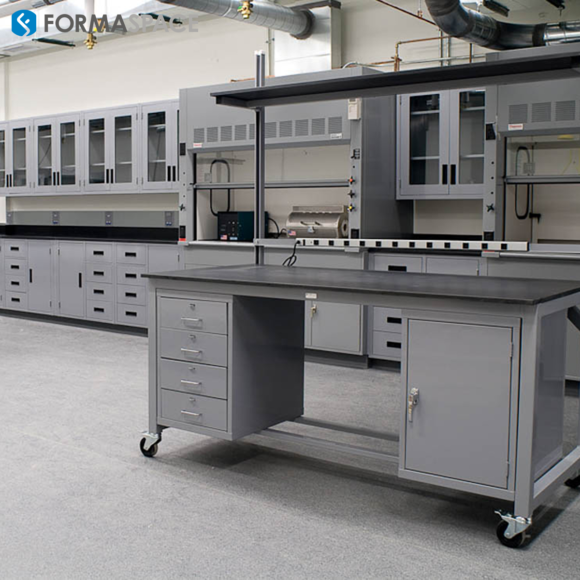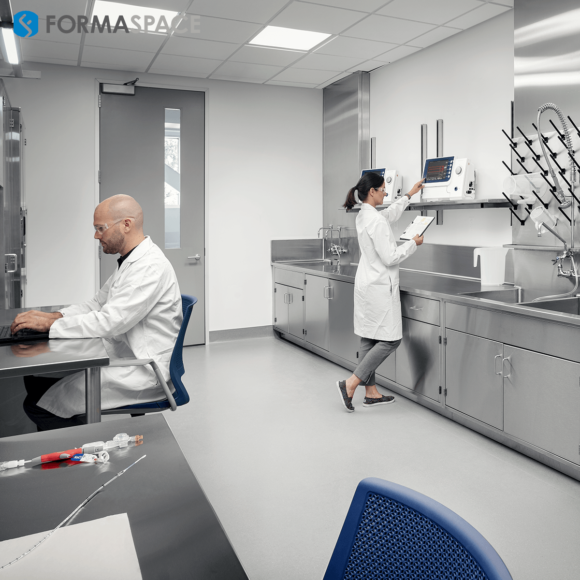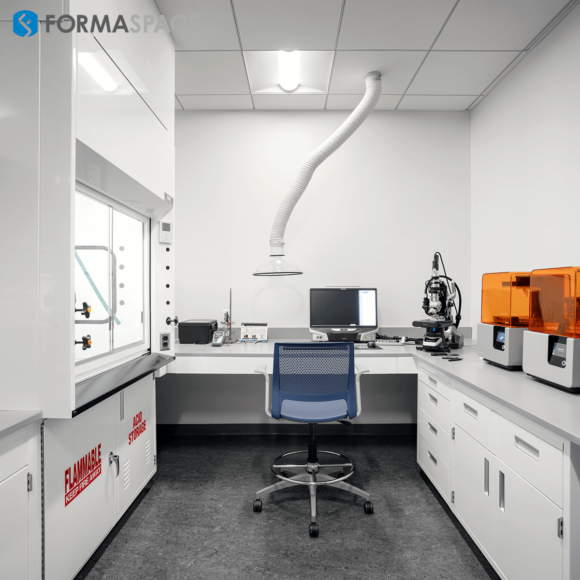Organoids Offer New Insights into Disease Development and Potential Clinical Therapies

Today’s laboratory researchers benefit from a growing number of available models for understanding diseases and potential corresponding clinical therapies to treat or eradicate them.
Once there were only a few choices: either studying diseases ‘in vivo’ (meaning in live human or animal test subjects) or ‘in vitro’ e.g. studying cell lines grown in the lab.
Today, we have two more important options.
The first is the availability of digital disease models – based on our growing knowledge of the human genome, which has grown tremendously in recent years due to new AI-generated insights, such as AlphaFold’s predictive protein modeling.
The second is the development of laboratory techniques to harvest cells and grow them in the laboratory to create cell colonies that exhibit organ-like qualities.
These so-called “organoids” are an important scientific breakthrough for a couple of reasons.
First, in many cases, they offer a viable alternative to testing medicines and other products (such as cosmetics) on animals, which many consider unnecessarily cruel.
Second, organoids can offer research scientists a more realistic testing environment than traditional simple cell lines in a petri dish.
The complex structure of organoids, typically formed from different types of cells, provides a more robust research model to test potential clinical therapies and gain insight into the underlying causes of disease than say a single line of cancer cells grown by itself in the laboratory.

3D Printing Used to Create Organoid Structures in the Laboratory
How do laboratory researchers grow organoids in the lab?
Cells are taken from the human or animal host; these are typically a combination of one or more of embryonic stem cells (ESCs), induced pluripotent stem cells (iPSCs), or neonatal or adult stem cells (ASCs).
ESCs and iPSCs are especially useful for understanding early-stage embryonic development. To “grow” these types of organoids in the laboratory, researchers use different growth factors and inhibitors to simulate the same type of living development cues that occur naturally.
ASC-based organoids are created by collecting postnatal or adult tissues containing adult stem cells. These are “grown” by applying growth factors that replicate the regulation signals that occur during normal cell growth.
Researchers rely on a couple of different techniques to assist the organoids in creating a three-dimensional structure.
For example, organoids can be grown “scaffold-free” meaning without a supporting structure by letting groups of cells cling to the underside of a surface, allowing a combination of gravity and surface tension to provide a structure for them to grow.
Alternately, researchers can create a scaffold-supporting structure out of natural or synthetic hydrogels that simulate the gel-like structures found in nature, known as natural extracellular matrices (ECM).
A third method to create a structure is to submerge a layer of cells that have been cultured on an organic mat (composed of either fibroblasts or synthetic gel) into a liquid medium then let the layer air dry.
More recently, researchers have turned to 3D printing technology by adapting the most common plastic filament printing technique (known as fused deposition modeling or FDM) by substituting plastic filament with “cells and gels.” This allows researchers to “print” three-dimensional organoid structures layer-by-layer that intersperse the cells within supporting scaffolding structures.

Using Brain Organoids in Medical Research
The breakthrough attempt to create a complex brain organoid (sometimes more formally known as a cerebral organoid) dates back to 2013 when researchers led by Madeline Lancaster at the Institute of Molecular Biotechnology (IMBA) at the Austrian Academy of Science in Vienna.
Lancaster and her team were seeking a new model to understand microcephaly, a birth defect in which a newborn is delivered with an unusually small head. (Today we commonly associate this condition with exposure to the Zika virus.)
The result was a brain organoid created from patient-specific induced pluripotent stem cells (iPSCs) which were successfully “grown” into a complex organoid culture that exhibited distinct brain regions, including a central “cerebral cortex” surrounded by outer radial glial stem cells.

A Major Advance in Culturing Brain Organoids in the Laboratory: Combining Cells from Multiple Human Sources
In 2023, a team led by researchers Michael F. Wells, James Nemesh, and Sulagna Ghosh at the Broad Institute of MIT and Harvard University created an innovative brain organoid model that combined specific induced pluripotent stem cells (iPSCs) from 44 human donors.
The result – dubbed a “cell village” in their paper published in Nature – was a brain organoid (built on a 2D “sheet”) that reflected the broader genetic diversity, allowing the researchers to pinpoint a common genetic variant that regulates an antiviral gene expression (known as IFITM3), which governs who among us is more likely to be susceptible to Zika virus infections in the brain.

New Methods for Creating 3D Brain Organoids, dubbed “Chimeroids”
This year, we have another advance that builds on this approach of using multiple cell donors to create so-called “Chimeroids.”
Researchers Noelia Antón-Bolaños and Irene Faravelli at the Department of Stem Cell & Regenerative Biology at Harvard experimented with new ways to create multi-donor brain organoids to study the effect of neurotoxins known to cause fetal abnormalities.
Antón-Bolaños and Faravelli’s team were trying to overcome the difficulty of successfully combining cells from different donors, which tend to grow at varying rates – with some dominating others – thus interfering with the overall success rate.
The team found greater success by growing each set of donor cells separately – once the critical growth phase is complete, the different donor cell organoids can be combined into what they are calling a “chimeroid” – e.g. a 3D multi-donor organoid. The process is still very labor intensive, but the expectation is that 3D printing techniques can help improve the technique.
It is hoped that these advances in creating brain organoids in the lab will help researchers understand disease mechanisms and possible clinical therapies – especially in areas of medicine that traditional animal models have not proved very helpful, such as conditions related to the development of the human brain or unique human genomic mutations that cause disease.

Formaspace is Your Laboratory Research Partner
Evolving Workspaces. It’s in our DNA.
Talk to your Formaspace Sales Representative or Strategic Dealer Partner today to learn more about how we can work together to make your next construction project or remodel a success.











